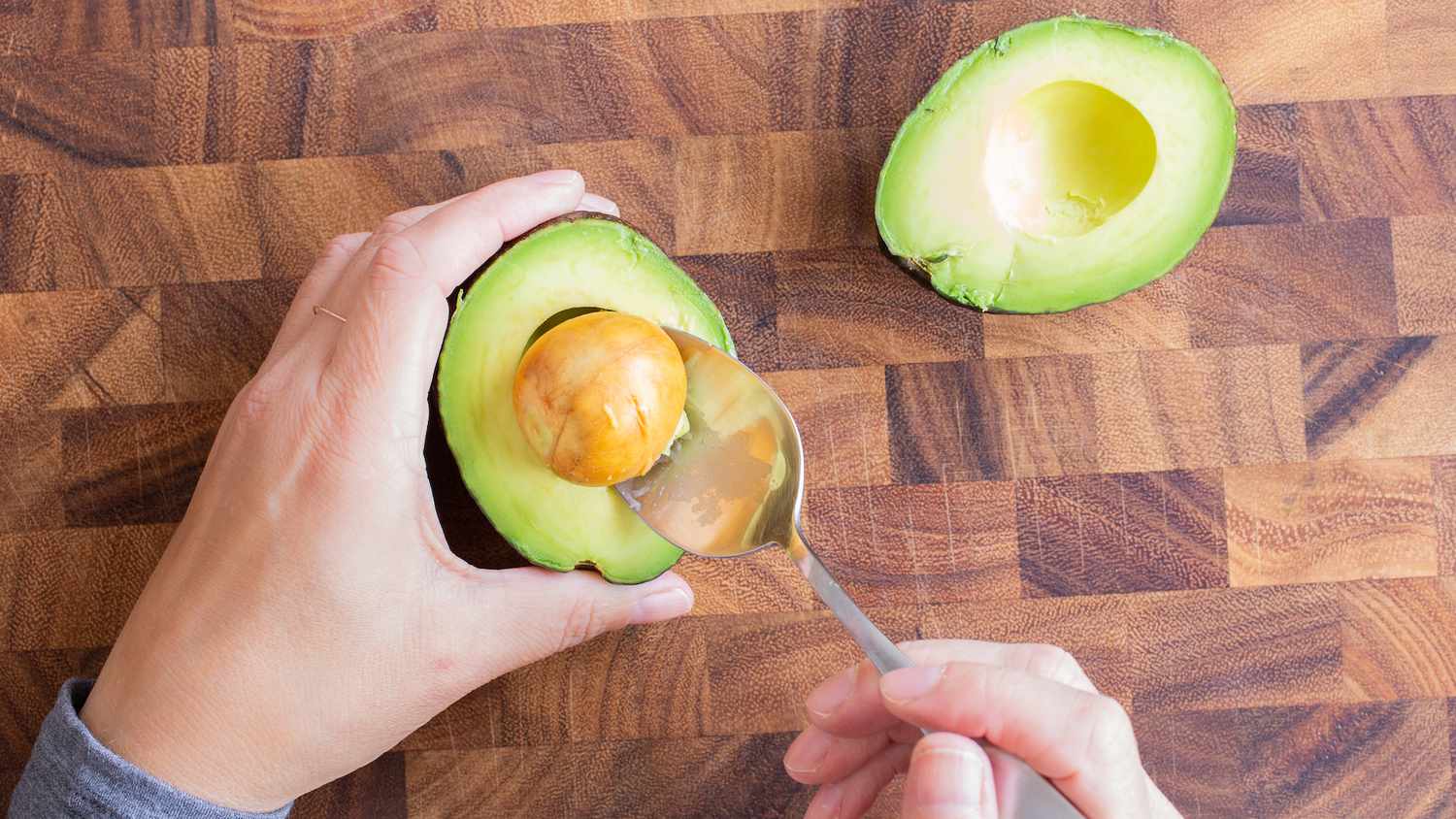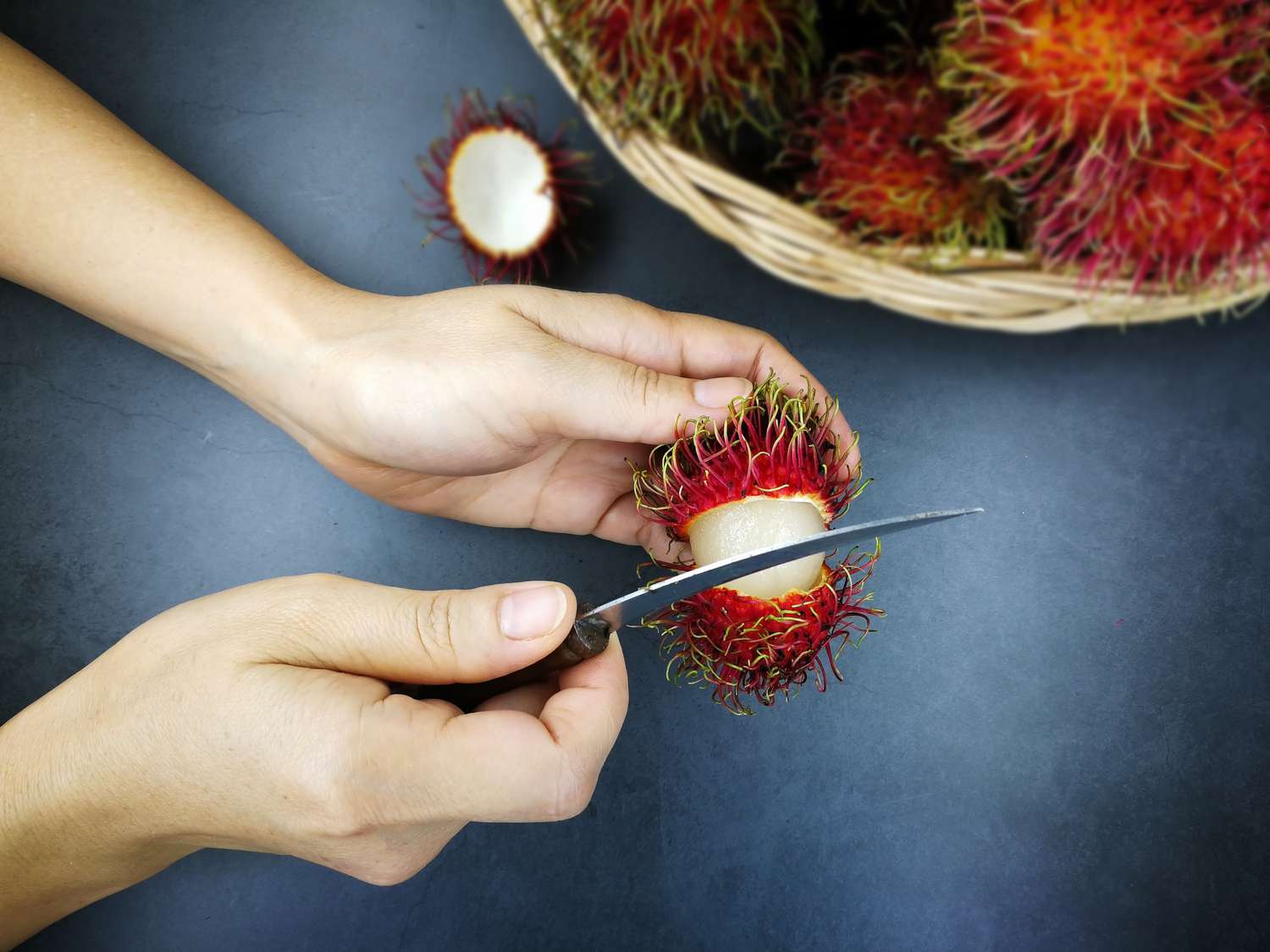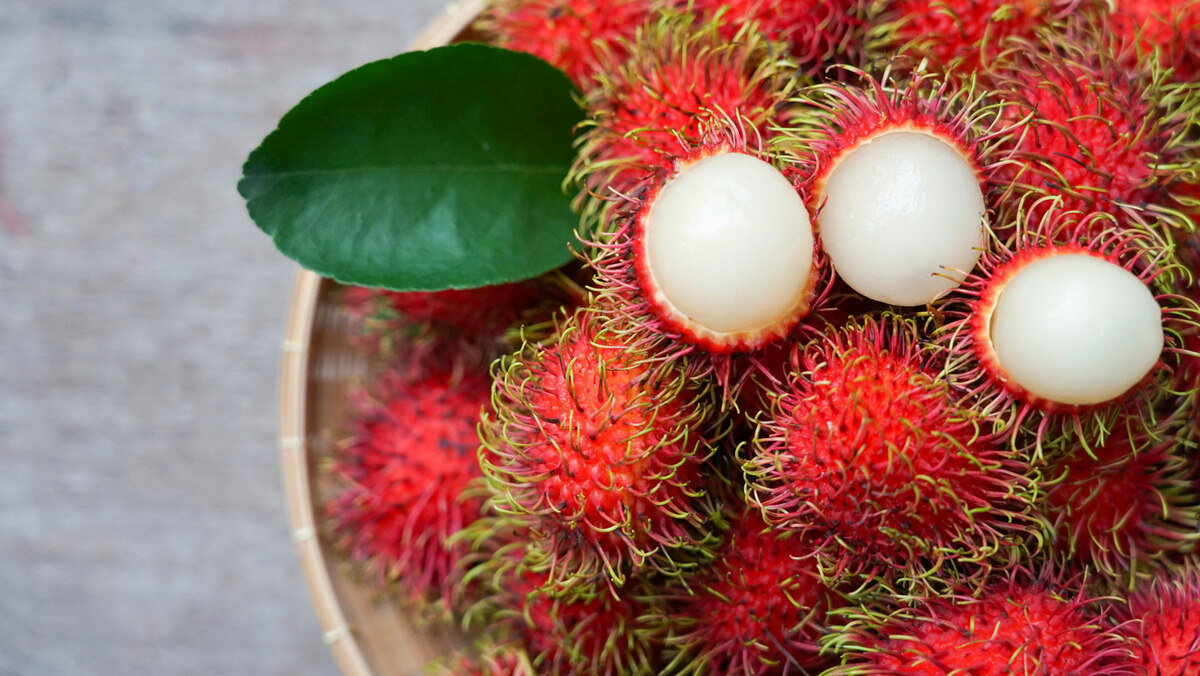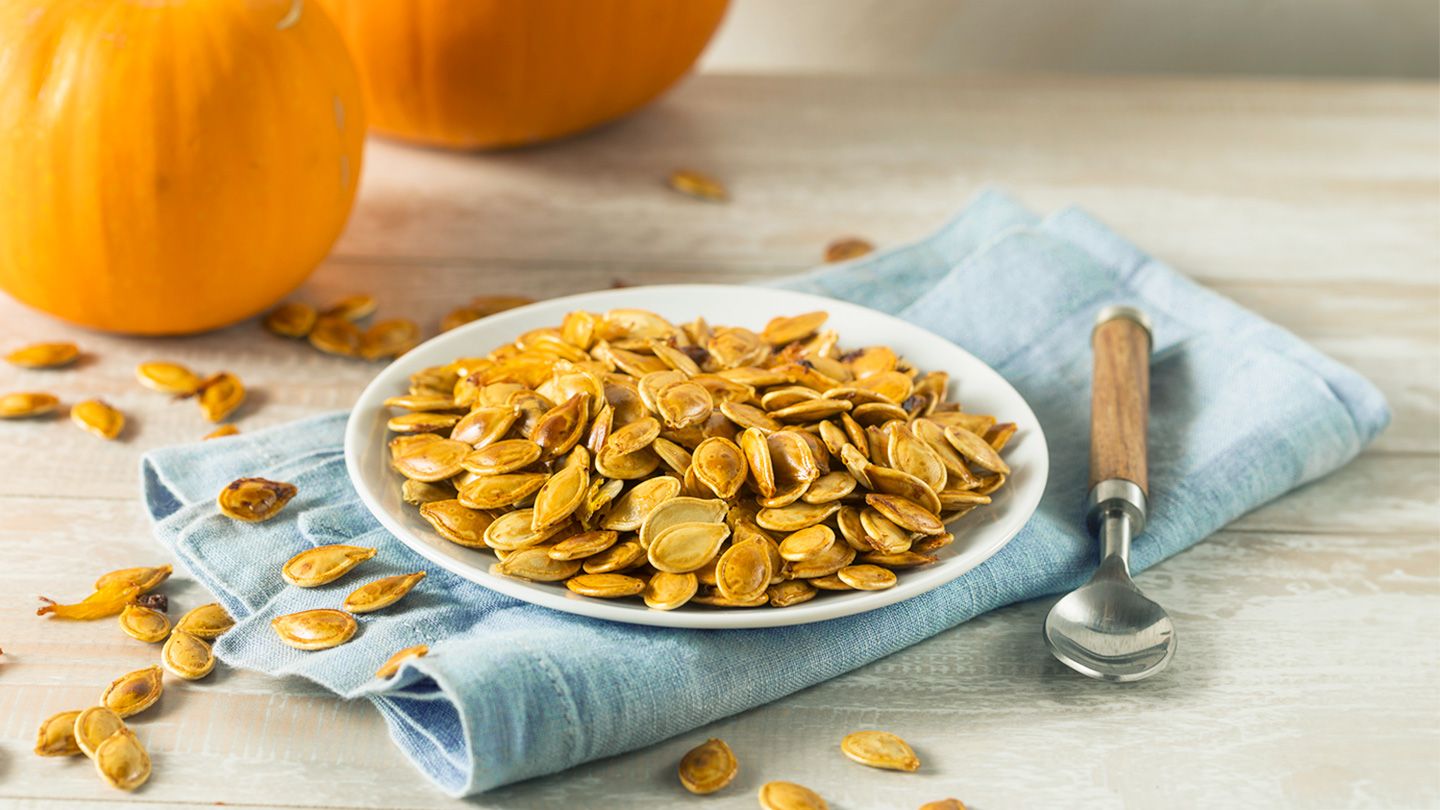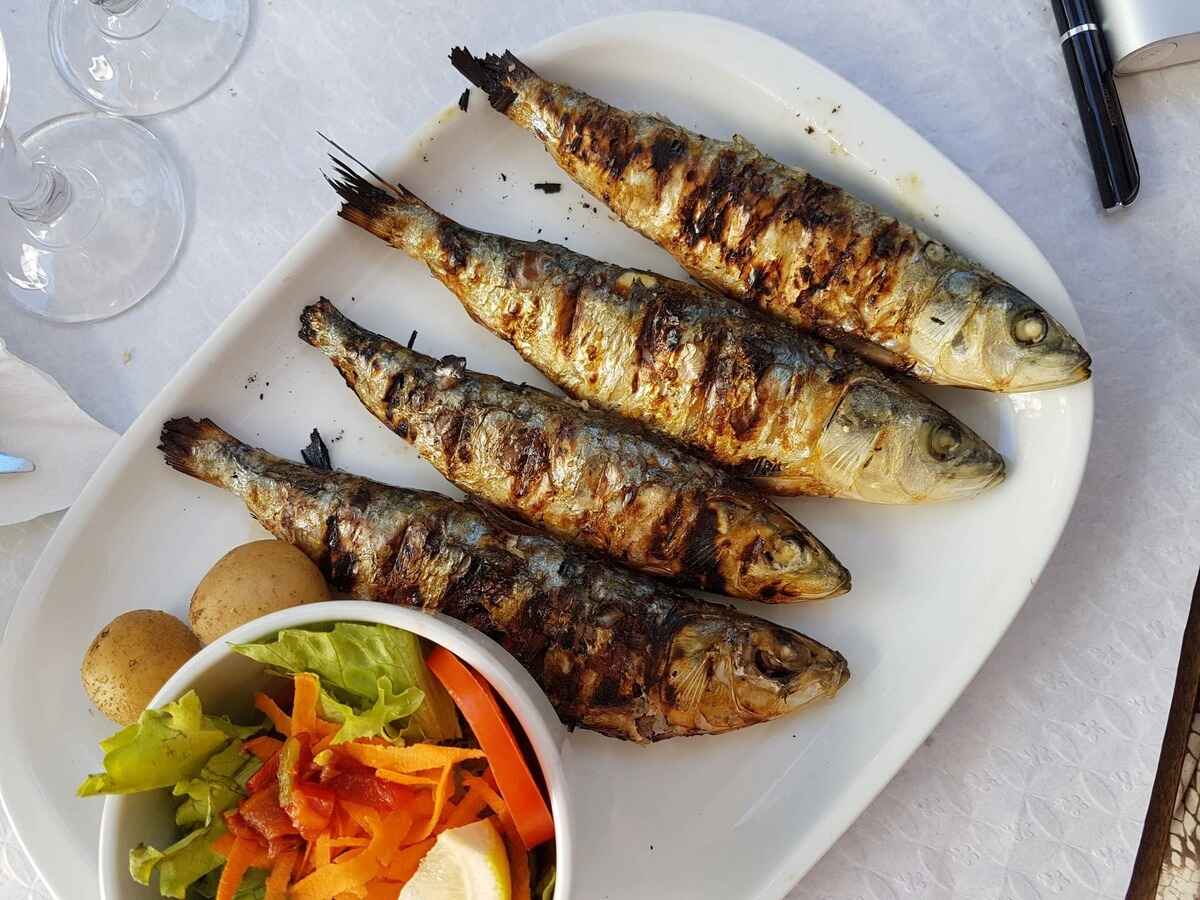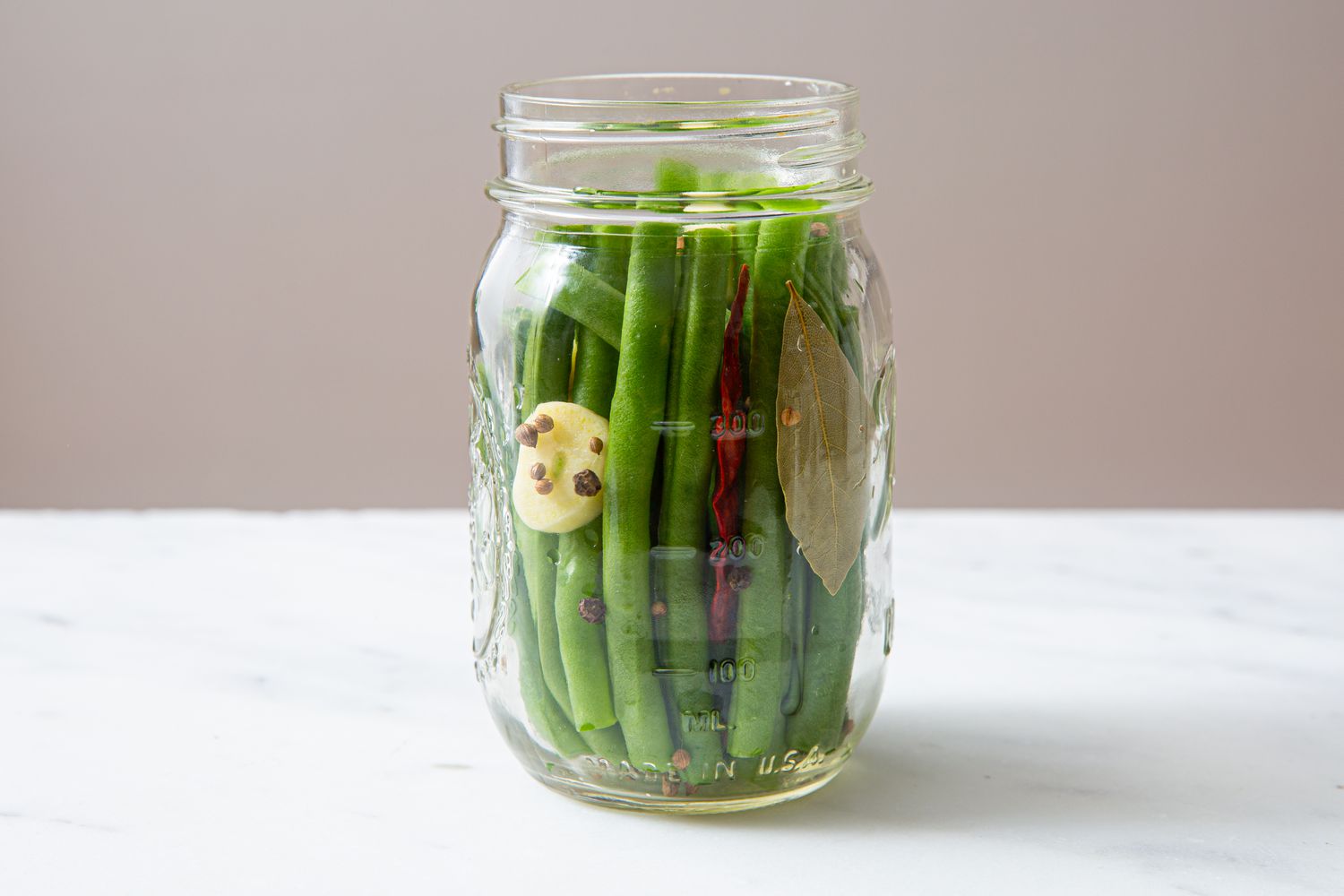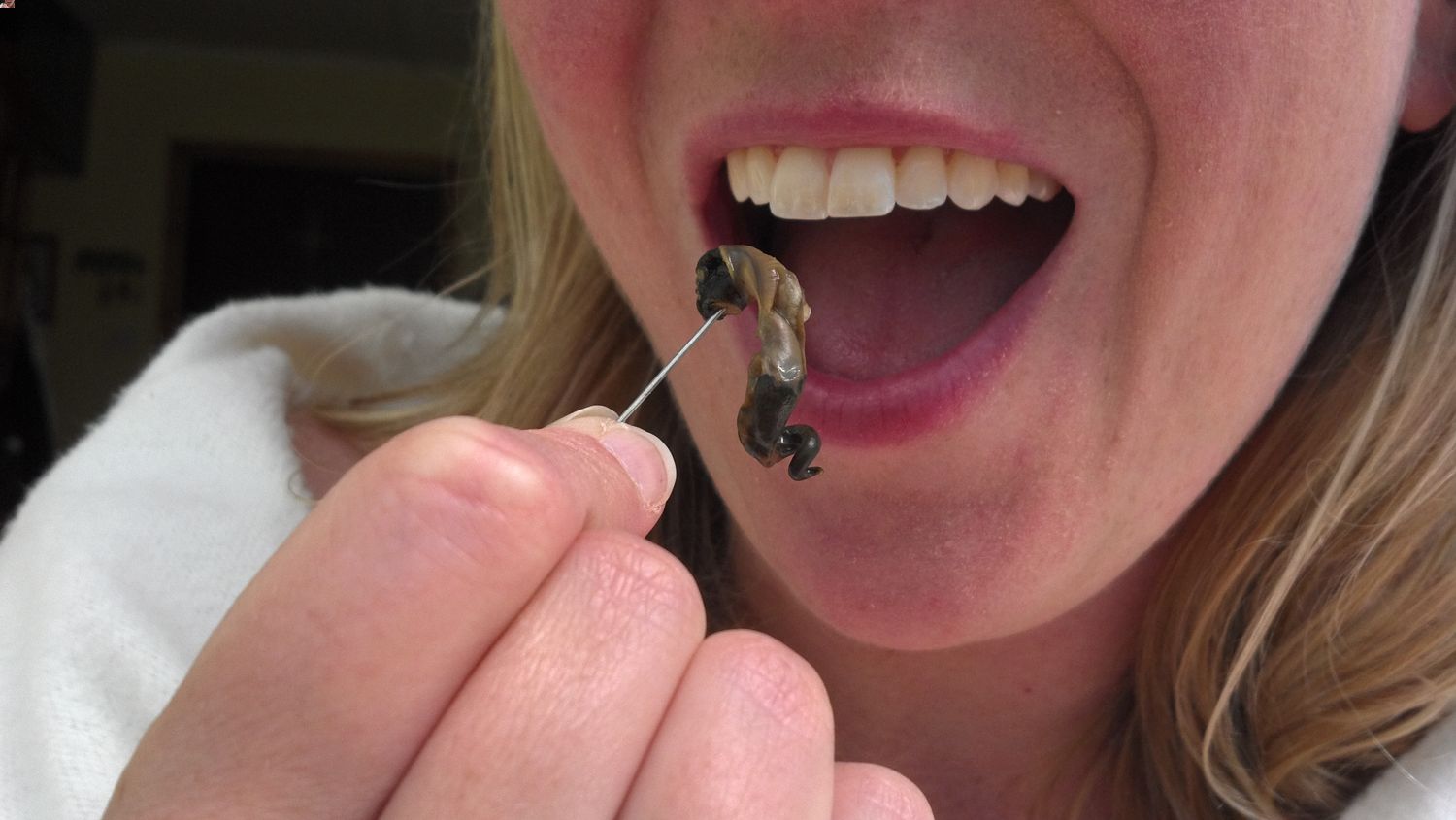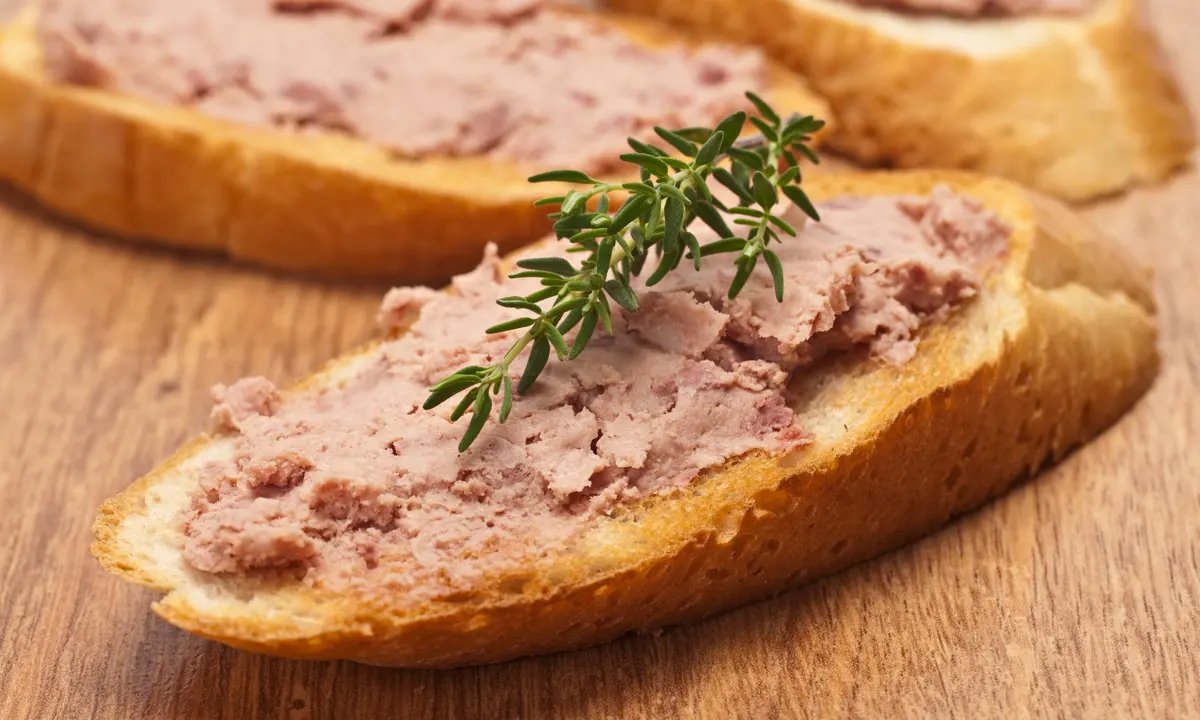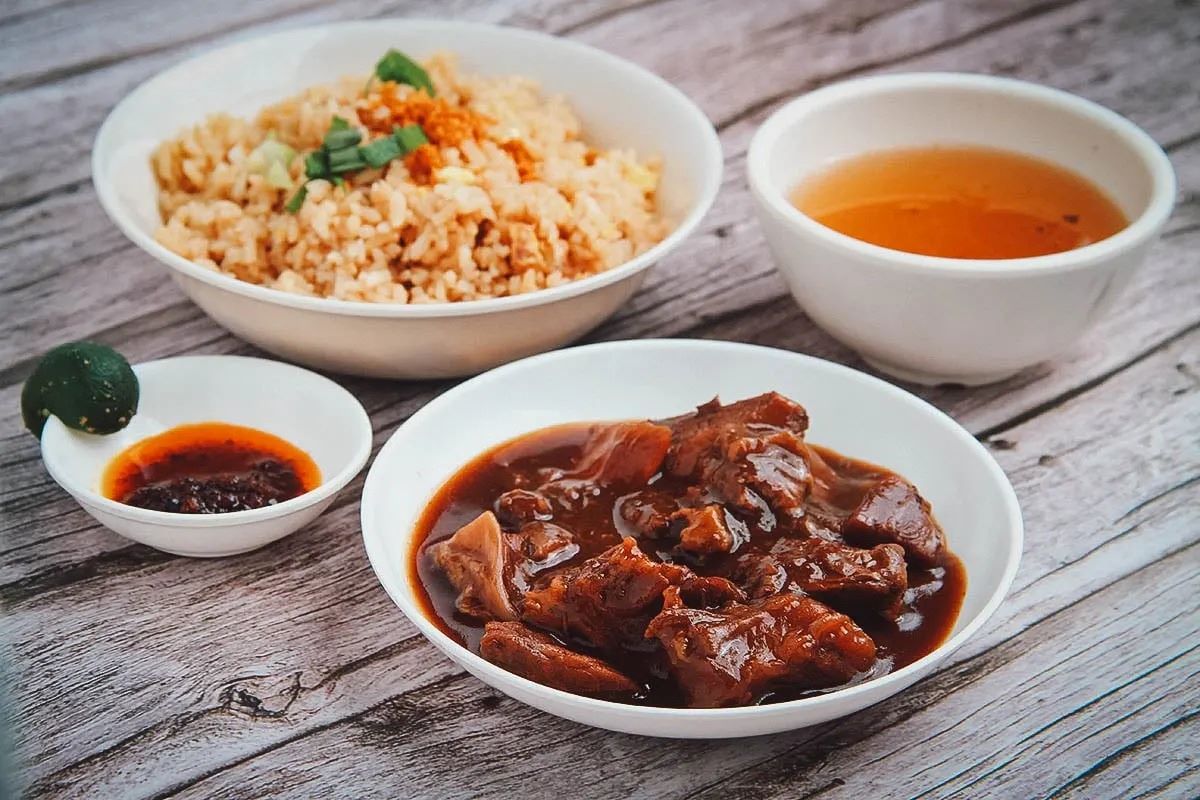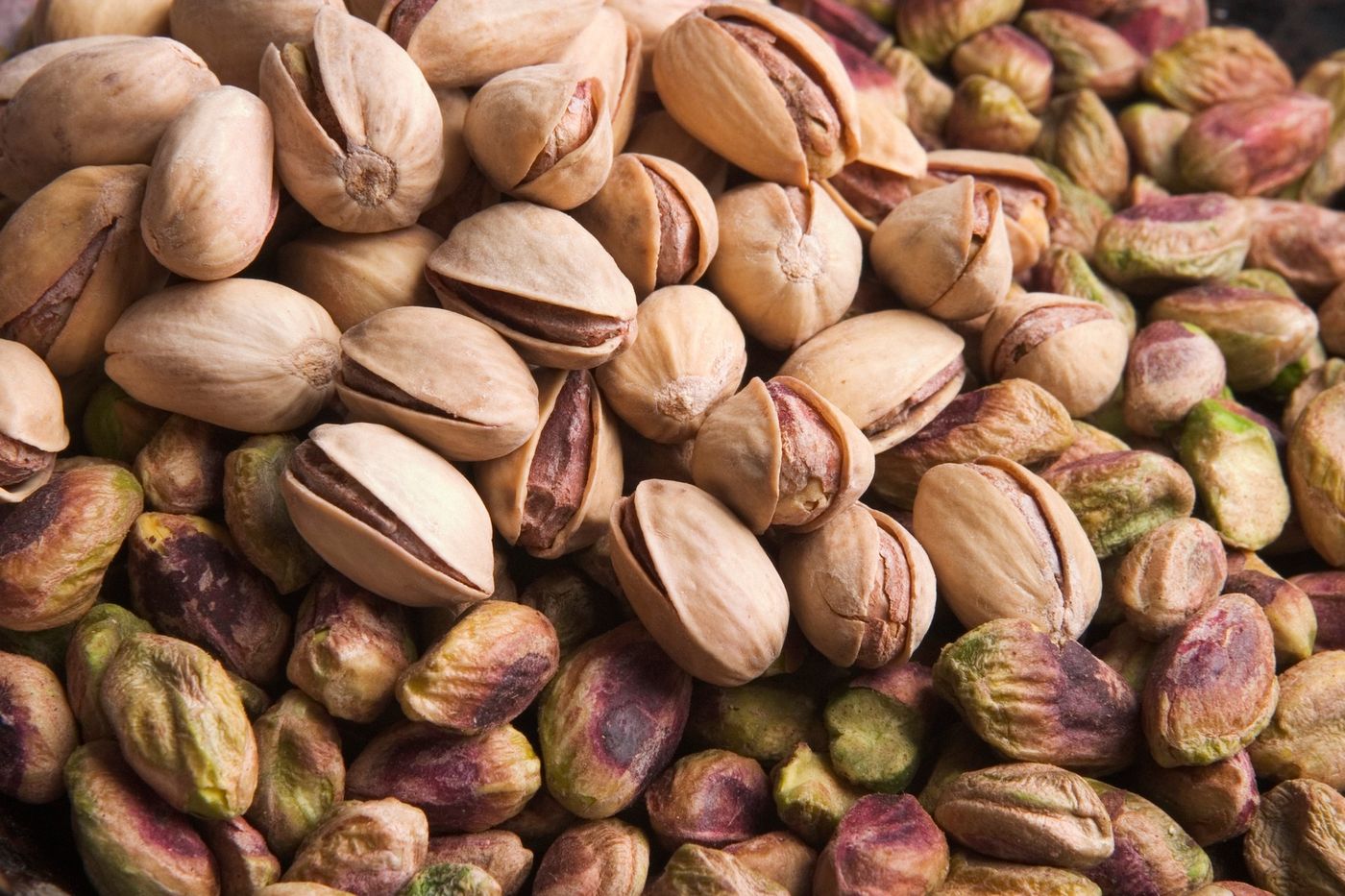Enjoying Rambutan: A Guide to Eating It Without Nibbling on the Pit
So, you’ve got your hands on some delicious rambutan, but you’re not quite sure how to eat it without accidentally biting into the pit. Don’t worry, we’ve got you covered! Rambutan is a tropical fruit with a sweet and juicy flesh, but it’s important to know how to properly enjoy it without consuming the inedible pit. Here’s a simple guide to help you savor this delightful fruit without any mishaps.
Steps to Eating Rambutan Without Nibbling on the Pit
Follow these steps to enjoy rambutan without encountering the pit:
- Choose a Ripe Rambutan: Look for rambutans that are bright red or yellow in color. The skin should be firm but slightly yielding to the touch. Avoid rambutans with blemishes or soft spots.
- Wash the Rambutan: Before consuming, rinse the rambutan under running water to remove any dirt or residue from the skin.
- Make a Small Incision: Using a sharp knife, carefully make a small incision around the middle of the fruit, deep enough to cut through the skin but not the flesh inside.
- Peel the Skin Away: Gently peel the skin away from the fruit, revealing the juicy, translucent flesh inside. Be cautious not to cut into the flesh while removing the skin.
- Remove the Flesh: Once the skin is removed, you can easily pluck the flesh from the seed inside. The flesh should come off easily, leaving the pit behind.
- Discard the Pit: After enjoying the sweet and juicy flesh, discard the pit responsibly. Do not attempt to eat or bite into the pit, as it is not edible.
Additional Tips for Enjoying Rambutan
Here are some additional tips to enhance your rambutan-eating experience:
- Chill Before Eating: For a refreshing treat, place your rambutans in the refrigerator for a few hours before consuming. The cool temperature can enhance the fruit’s juiciness.
- Pair with Other Fruits: Rambutan pairs well with other tropical fruits such as pineapple, mango, and papaya. Consider creating a fruit salad or platter for a delightful and colorful presentation.
- Experiment with Recipes: Get creative with rambutan by incorporating it into smoothies, cocktails, or desserts. Its sweet and slightly acidic flavor can add a unique twist to various recipes.
- Share the Experience: Introduce rambutan to friends and family who may not have tried it before. Sharing the experience of enjoying this exotic fruit can be a delightful and memorable experience.
Now that you have the know-how to enjoy rambutan without encountering the pit, go ahead and indulge in this tropical delight. Whether you eat it fresh, incorporate it into recipes, or share it with others, rambutan is a fruit worth savoring.
Remember, the key to enjoying rambutan without nibbling on the pit lies in the careful removal of the skin and flesh, leaving the inedible pit behind. With these simple steps and tips, you can savor the sweet and juicy flesh of rambutan without any worries. Happy eating!
